Wine Tours in Tuscany - About Angie - +39 3333185705 - angie.chianti@gmail.com
What is the Grape Harvest?
In the picturesque landscapes of Tuscany, as autumn unfurls its colors, the grape harvest begins. This period, known locally as “la vendemmia”, marks a crucial time that has continued for centuries. It is the most anticipated event of the year, where vineyards are ablaze with hues of gold and red, and the air is filled with the excitement and anxiety of winemakers. A single frost or hailstorm can jeopardize an entire year’s work, making the stakes incredibly high. However, once the grapes are safely stored in cellars, the tension gives way to celebration, with nightly festivals erupting in joyous relief.
Tradition Engrained in Time
The grape harvest in Tuscany is a tradition that stretches back through the ages. It’s not just a process but a cultural event that embodies the culmination of a year’s labor, hope, and anticipation. The moment the grapes are gathered marks the beginning of a new chapter in winemaking, celebrated with food, wine, and communal festivity.
When Does the Grape Harvest in Tuscany Occur?
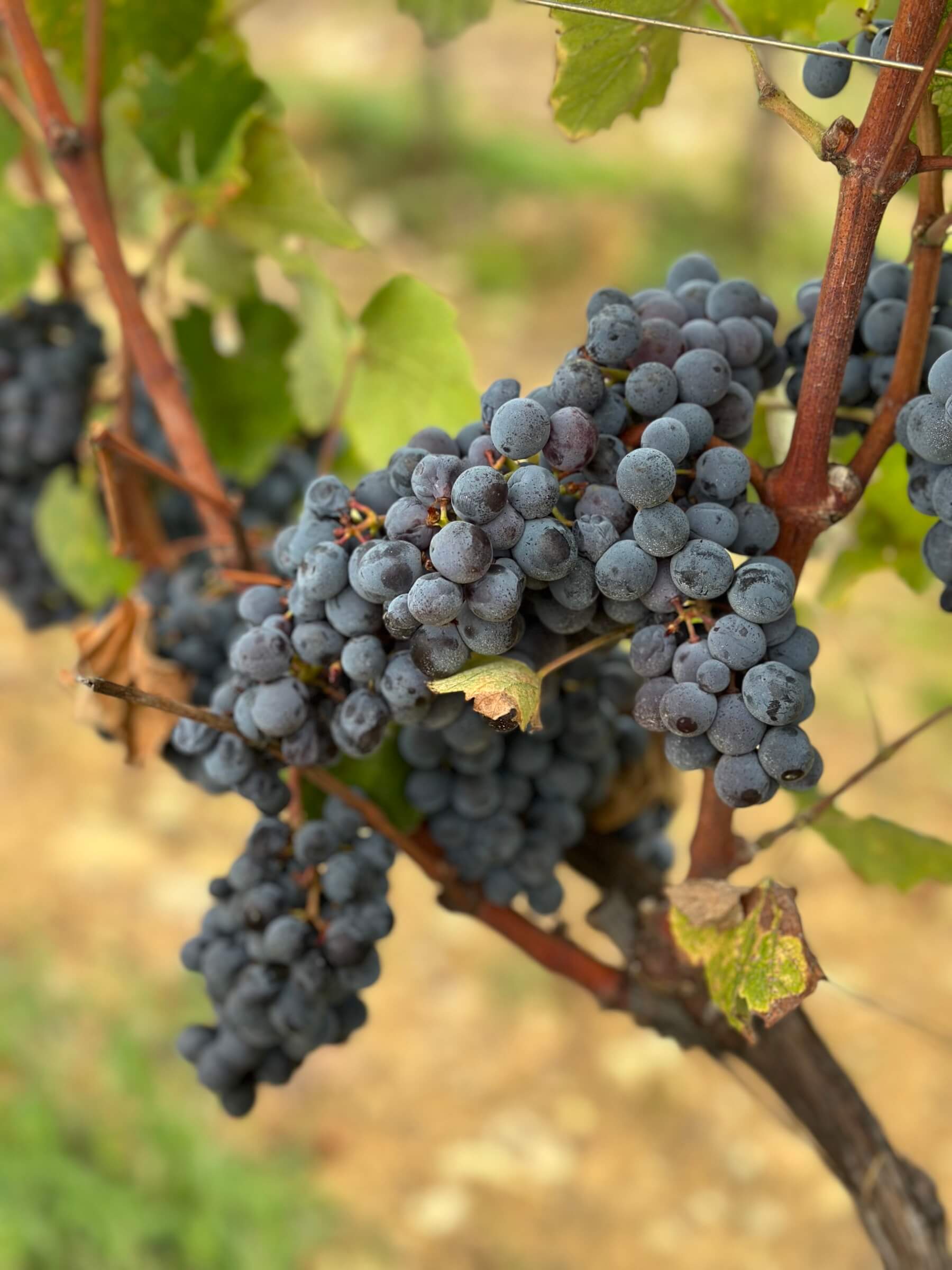
Tuscany grape harvest in Tuscany spans from late August to early October, influenced by several factors. The specific timing varies depending on the season’s weather, the vineyard’s location and aspect—whether north or south-facing—and the altitude, which affects temperature. Additionally, different grape varietals ripen at varying times; white grapes are typically harvested first, followed by varieties like Merlot, Canaiolo, Sangiovese, Colorino, and finally, Cabernet. Warmer climates may prompt an earlier harvest, while cooler conditions delay it to allow grapes to mature fully, emphasizing that the harvest is a once-a-year pivotal event.
How is the Grape Harvest in Tuscany Conducted?
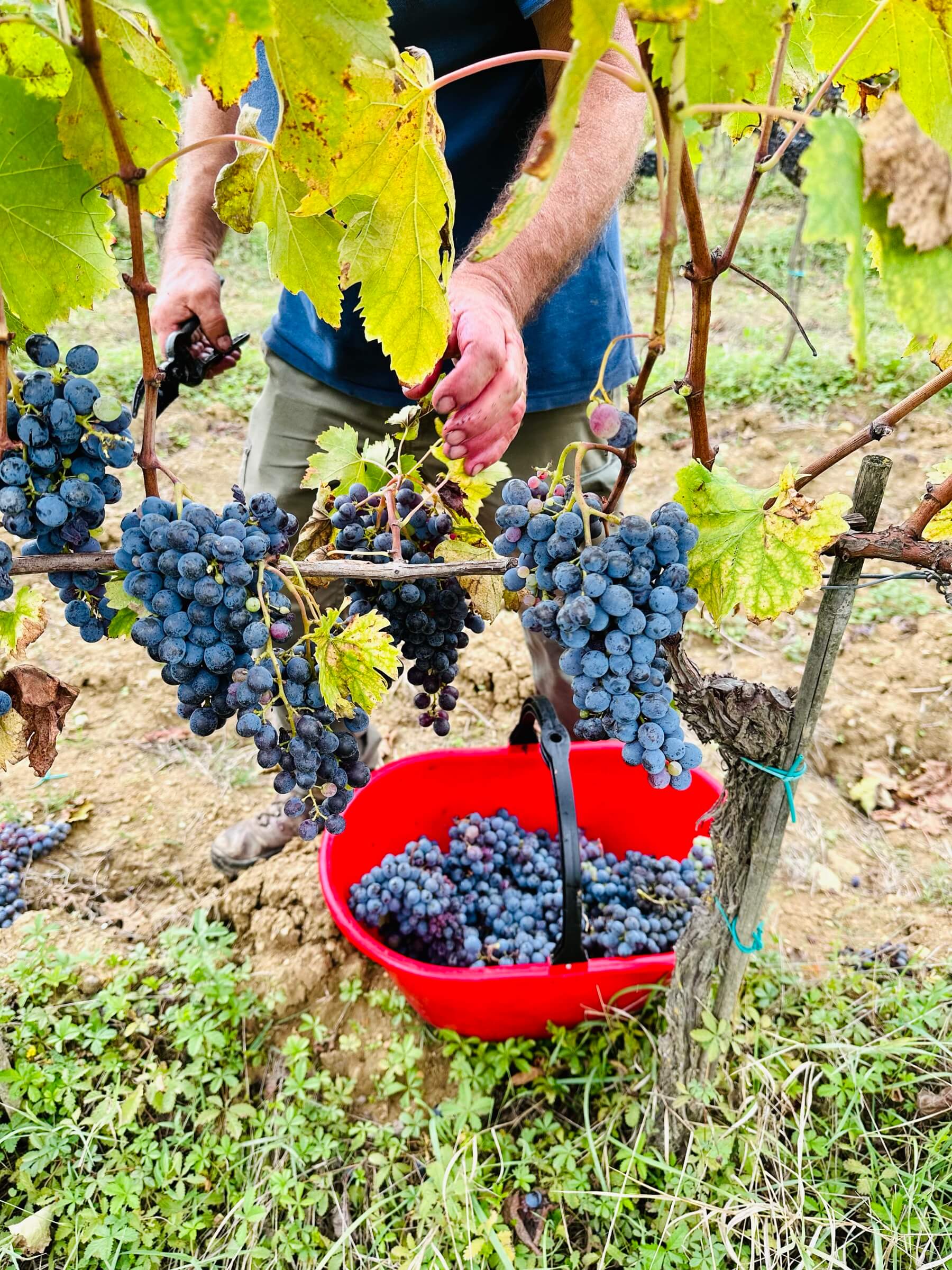
The Handpicked Tradition
In smaller estates, the harvest is a hands-on, labor-intensive process where workers use large shears to carefully cut whole grape clusters, selecting only the healthiest grapes. These are then placed gently into small crates to avoid bruising and premature fermentation. This task is often done in the early morning to prevent the grapes from overheating, which could start fermentation prematurely.
The Journey to the Cellar
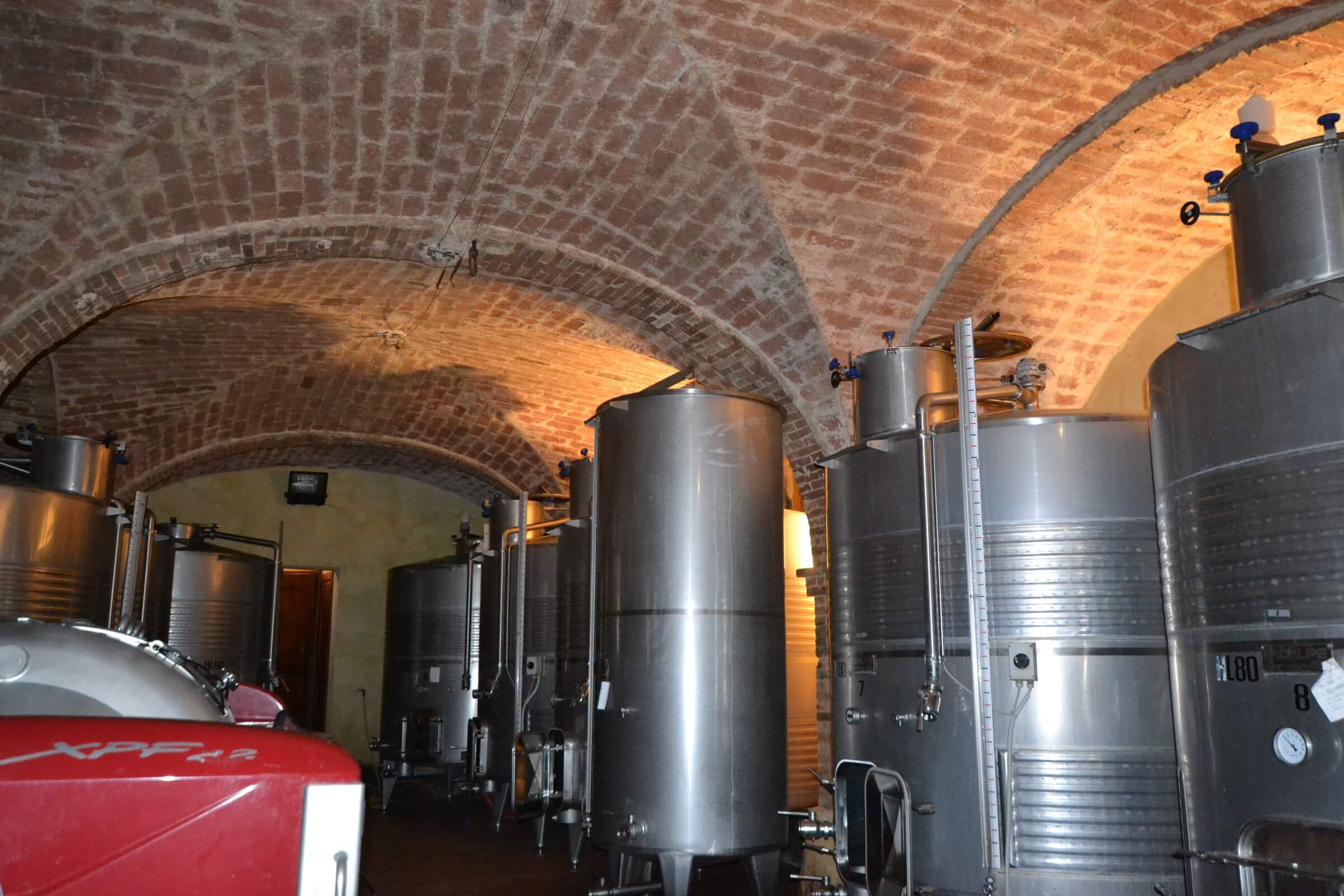
Once collected, the grapes are transported to the winery where a destemming machine separates the berries from their stalks. The grapes are then lightly pressed and moved to stainless steel fermentation tanks. Here, they will undergo fermentation for about three weeks, a process audibly marked by the characteristic bubbling sound as yeast converts the grape sugars into alcohol and carbon dioxide.
Modern vs. Traditional Methods
Larger wineries might use mechanical harvesters that expedite the process but can be less discerning, potentially collecting debris, insects and also small animals along with the grapes. In contrast, smaller wineries pride themselves on meticulous manual harvesting, which ensures the purity and quality of the wine.
Where Does the Grape Harvest Take Place in Tuscany?
The Geographic Tapestry of Tuscany
The grape harvest in Tuscany paints a diverse landscape, stretching from the renowned Chianti region to the prestigious vineyards of Brunello di Montalcino, through the historic areas of Montepulciano, and reaching out to the coastal stretches of Bolgheri. Each region has its own unique harvest practices, influenced by local climate, terrain, and tradition.
Chianti’s Rich Heritage
In Chianti, the harvest is steeped in historical practices that reflect the deep connection between the land and its people. The rolling hills and moderate climate contribute to a harvest that is as rhythmic as it is ritualistic, emphasizing traditional methods.
The Prestige of Montalcino
Moving south to Montalcino, the approach shifts to focus on the meticulous care of the Sangiovese grapes used to produce the robust Brunello di Montalcino. The meticulous attention to detail here ensures that each grape contributes to the wine’s profound depth and longevity.
Montepulciano’s Vintner’s Craft
In Montepulciano, known for its Vino Nobile, the harvest melds art with science, where vintners balance old-world techniques with modern innovations to enhance the quality and character of their wines.
Bolgheri’s Innovative Approach
Meanwhile, in Bolgheri, modern viticulture thrives alongside traditional practices. This coastal area, famous for pioneering the Super Tuscan movement, blends international grape varieties with classic Tuscan viticulture, creating wines that are both innovative and steeped in heritage.
Experience Variations Across Regions
By participating in the grape harvest across different Tuscan regions, you can witness firsthand the varied approaches and philosophies that define each area’s winemaking culture. Whether it’s the family-oriented harvests of Chianti or the precision-driven processes of Montalcino, each experience provides insight into the rich tapestry of Tuscan wine production.
Wine Festivals in Tuscany Celebrating the Grape Harvest
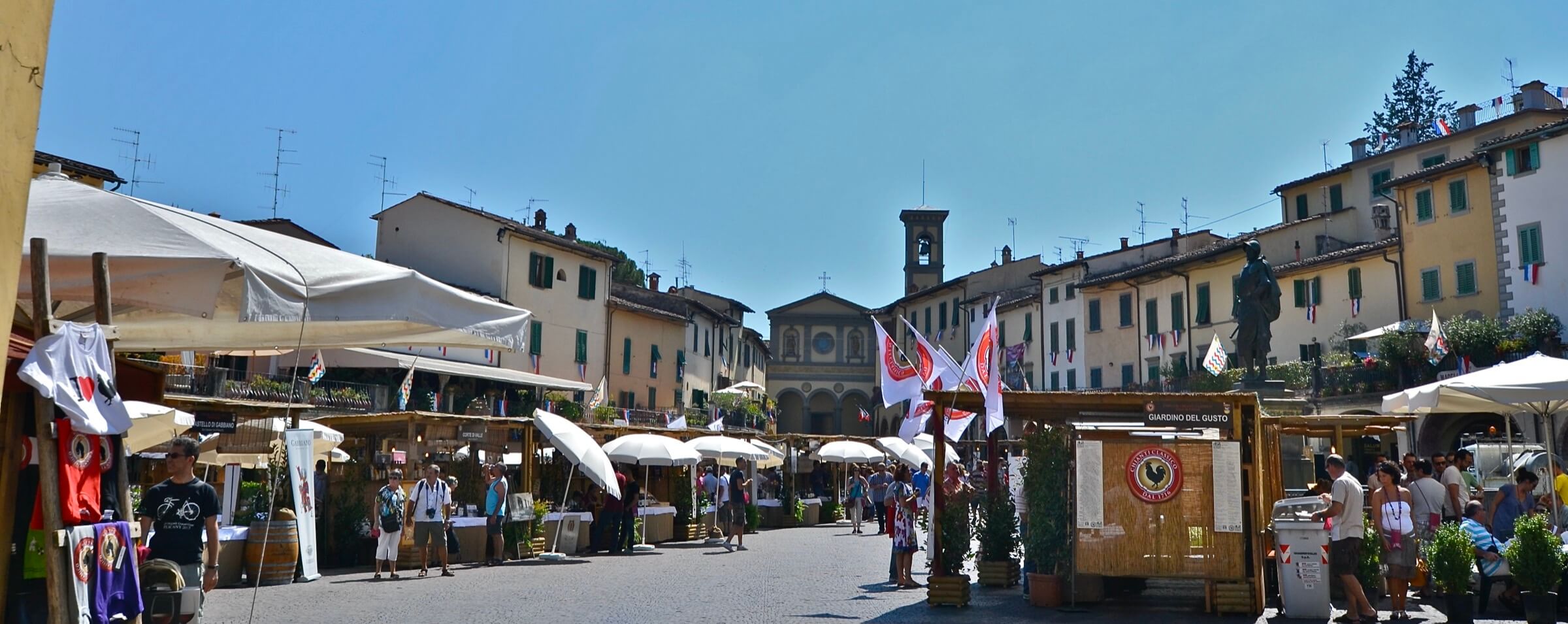
Post-harvest, the community engages in celebratory meals and wine flows freely among friends, family that helped with the grape harvest, or specialized picking teams. Grape Harvest festivals are common across Tuscany and Italy, offering a glimpse into the vibrant cultural fabric of the region. Wine festivals in Tuscany are open to everyone, however, if you wish to participate in grape picking activities, access is typically available only through organized Tuscany wine tours. These wine tours provide a guided and enriching experience, ensuring that participants fully appreciate the traditions and expertise behind the winemaking process.
Culinary Delights
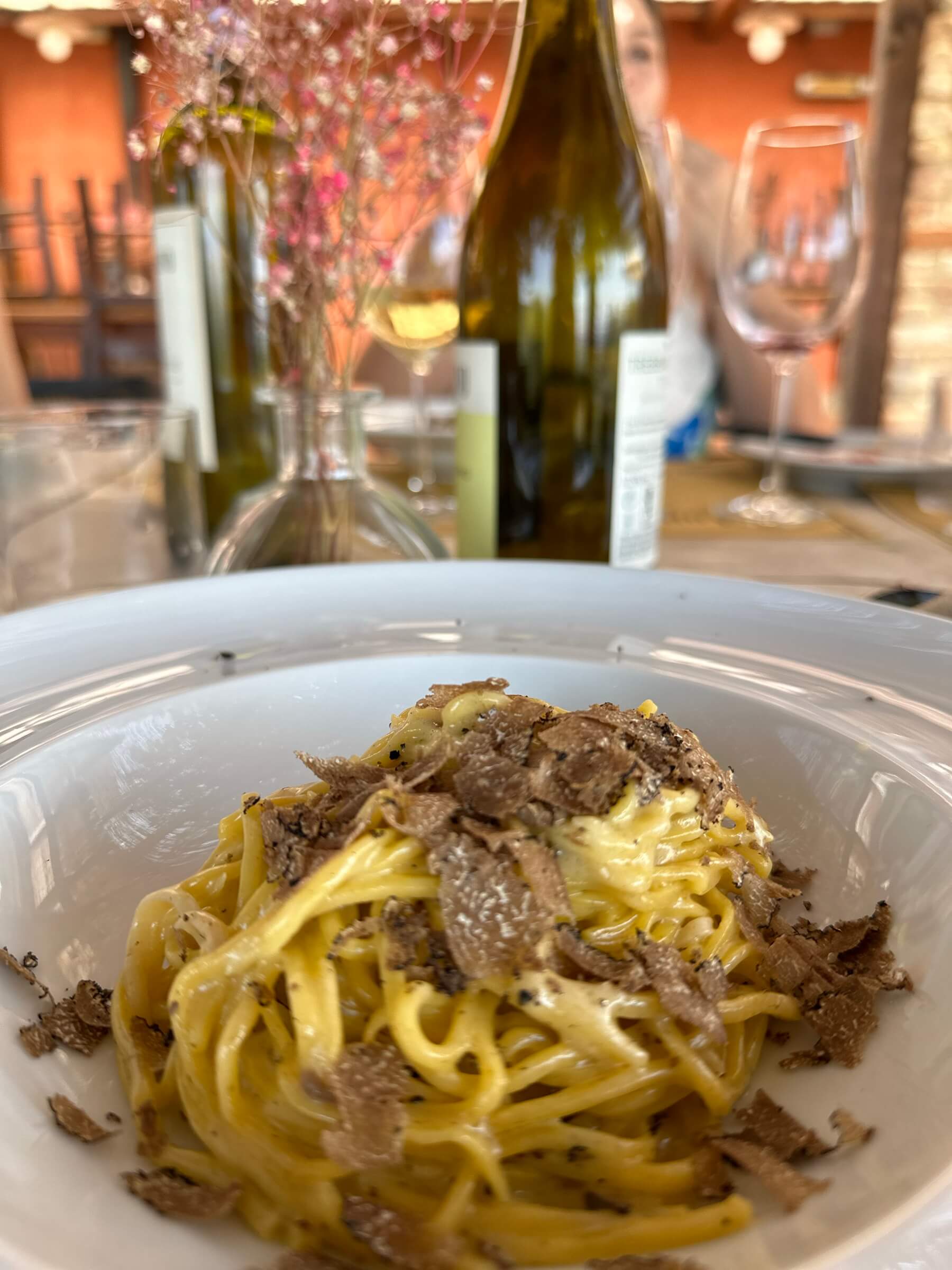
During harvest months, local delicacies like pumpkin, porcini mushrooms, and truffles abound. Iconic Tuscan dishes like pumpkin risotto, fettuccine with porcini mushroom, and bruschetta with the new, peppery olive oil enrich the experience, paired perfectly with renowned Tuscan wines such as Chianti wine or Brunello di Montalcino.
Olive oil harvest in Tuscany
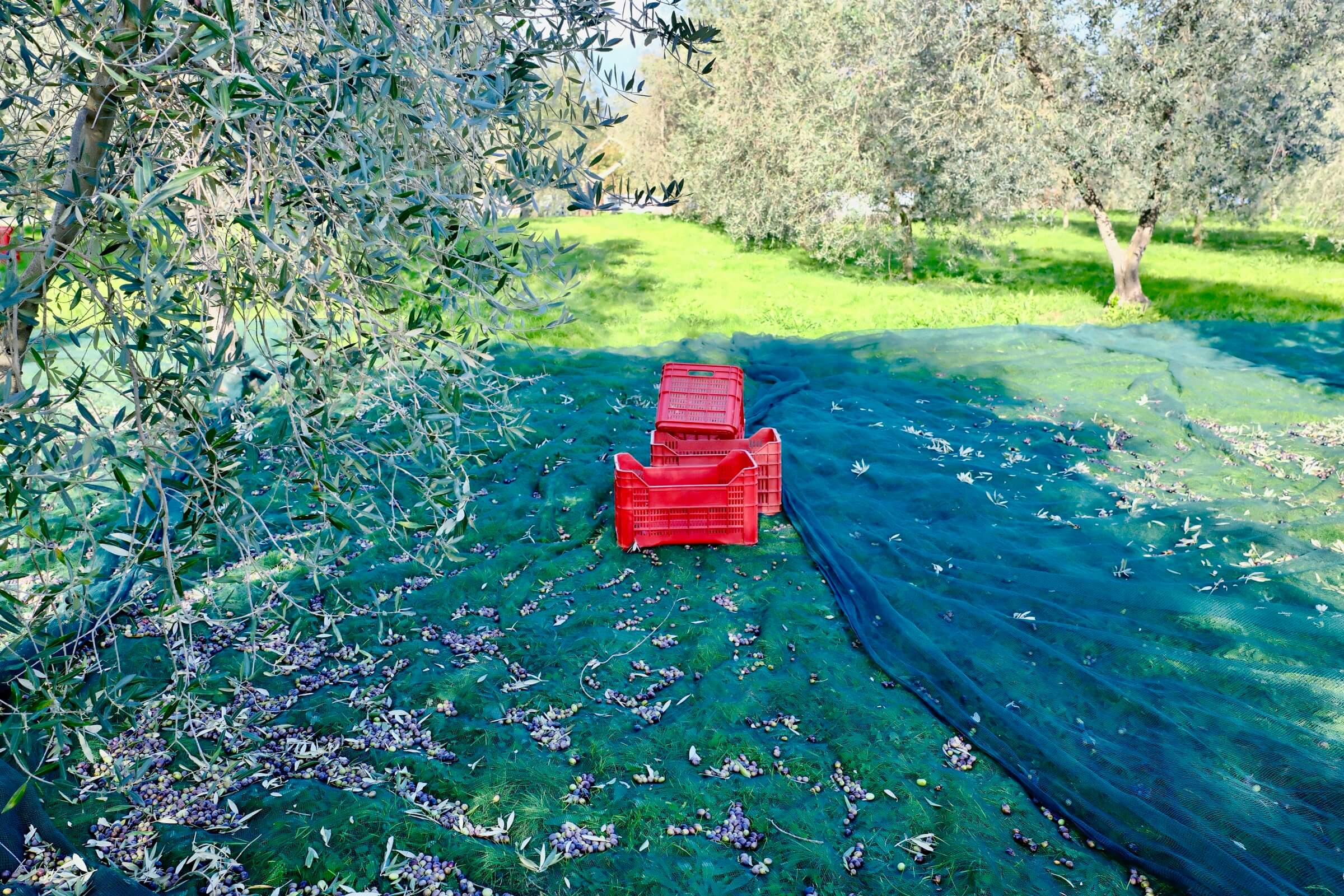
As soon as the grape harvest season ends they will start with the olive harvest producing the new golden olive oil.
The olive harvest, known as “la raccolta delle olive,” is an annual tradition steeped in culture and history. This essential period typically begins in late October and can extend into November, depending on the climate and the maturity of the fruit.
The Essence of Tuscany
If you’re considering a visit, ensure it coincides with the harvest to witness the spectacular vineyard foliage and partake in an authentic, vibrant aspect of Tuscan culture. A wine tour during this season, accentuated by the expert guidance of a local tour operator, offers a window into the soul of Tuscany—its land, its people, and its enduring traditions.
Table of Contents

